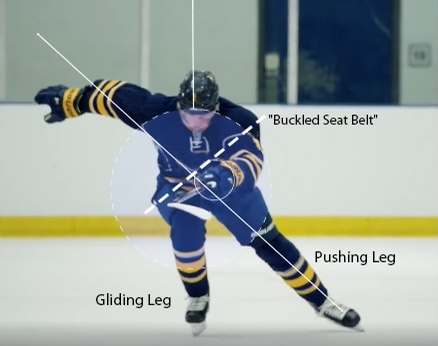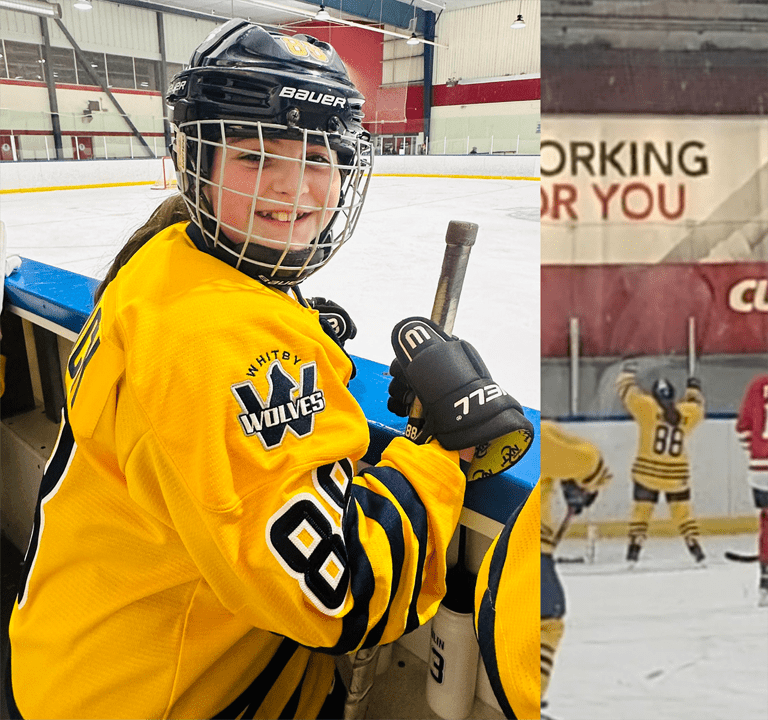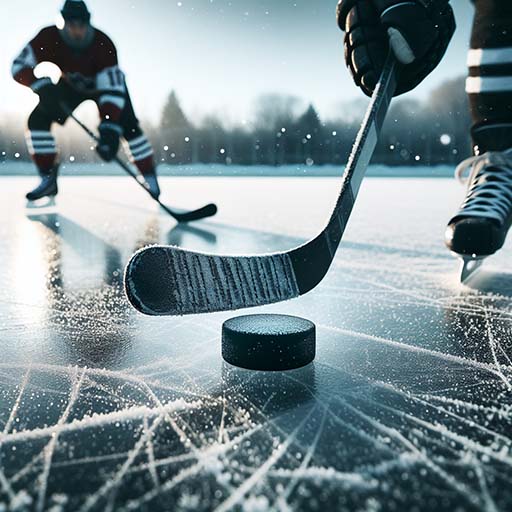Published February 21, 2024
Next Level Skating Speed
"Everyone quits, will you?" Coach Dave

Hockey is a high-stakes game where the smallest margins can dictate the outcome of a play, a period, or even the entire game. A fraction of an inch or a split-second decision can determine whether a puck is intercepted or a goal is prevented. At the heart of these razor-thin margins is one key element: speed. The fastest players on the ice often pose the greatest threat, harnessing their velocity to outmaneuver opponents and create scoring opportunities. However, the path to developing such game-changing speed is complex and multifaceted.
Speed in hockey isn't just about how quickly a player can move from one end of the rink to the other; it encompasses a variety of physical and technical components that contribute to overall performance. While beneficial for general fitness, traditional training methods, such as generic strength conditioning or simple aerobic exercises, must address the nuanced demands of hockey-specific speed development.
Strength training, for instance, builds the foundation for generating power, but speed training translates that power into swift, explosive movements on the ice. Similarly, conditioning enhances endurance, but speed training focuses on maintaining high velocities throughout a shift or game. Mobility work ensures the body can achieve the ranges of motion necessary for optimal speed, differentiating it from the raw speed potential unlocked through targeted training.
Achieving speed that can significantly impact hockey performance requires a comprehensive and systematic approach that transcends the occasional sprint or agility drill. It involves a deep dive into the athlete's genetics, talent, training age, and more, tailoring the program to their unique needs and the specific demands of the sport.
Key considerations in a professionally designed hockey speed program include:
-
Genetics and Talent:
- Understanding the athlete's natural predispositions and abilities.
-
Training and Biological Age:
- Tailoring the program to the athlete's physical and developmental stage.
-
Warm-up Quality and Specificity:
- Ensuring the body is primed for speed work in a manner that mirrors hockey movements.
-
Mobility:
- Focusing on both upper and lower body flexibility and range of motion.
-
Strength Training Program Design:
- Crafting workouts that build strength in a way that translates to speed on the ice.
-
Fatigue Management:
- Balancing workload to prevent burnout and ensure consistent performance improvement.
-
Total Body Power and Strength:
- Developing explosive force and the ability to apply it effectively in game situations.
-
Structural Balance:
- Ensuring muscular and skeletal harmony to prevent injury and optimize performance.
-
Stride Mechanics:
- Balancing stride length and frequency for efficient movement.
-
Hockey-Specific Conditioning:
- Training the energy systems in a way that reflects the sport's unique demands.
-
Nervous System Training:
- Enhancing reaction times and the ability to execute complex movements at high speeds.
-
Technique and Agility:
- Refining running and skating techniques for maximum efficiency and effectiveness.
One of the critical principles in speed training for hockey is specificity. Skating at high speeds, maneuvering around opponents, and maintaining puck control requires a different approach than other sports. For example, an 800m runner and a hockey player might focus on speed, but the context and application of that speed are worlds apart. Training programs must reflect the sport's specific needs, focusing on developing qualities that directly enhance performance on the ice.
Speed is a critical component of hockey performance, but developing it requires more than traditional training methods. It demands a comprehensive, systematic approach that addresses the athlete's unique needs and the sport's specific demands. By focusing on the multifaceted aspects of speed development, from strength and conditioning to technique and agility, players can unlock their full potential, gaining the edge needed to excel in the fast-paced world of hockey.
See you at the rink!
Coach Dave



